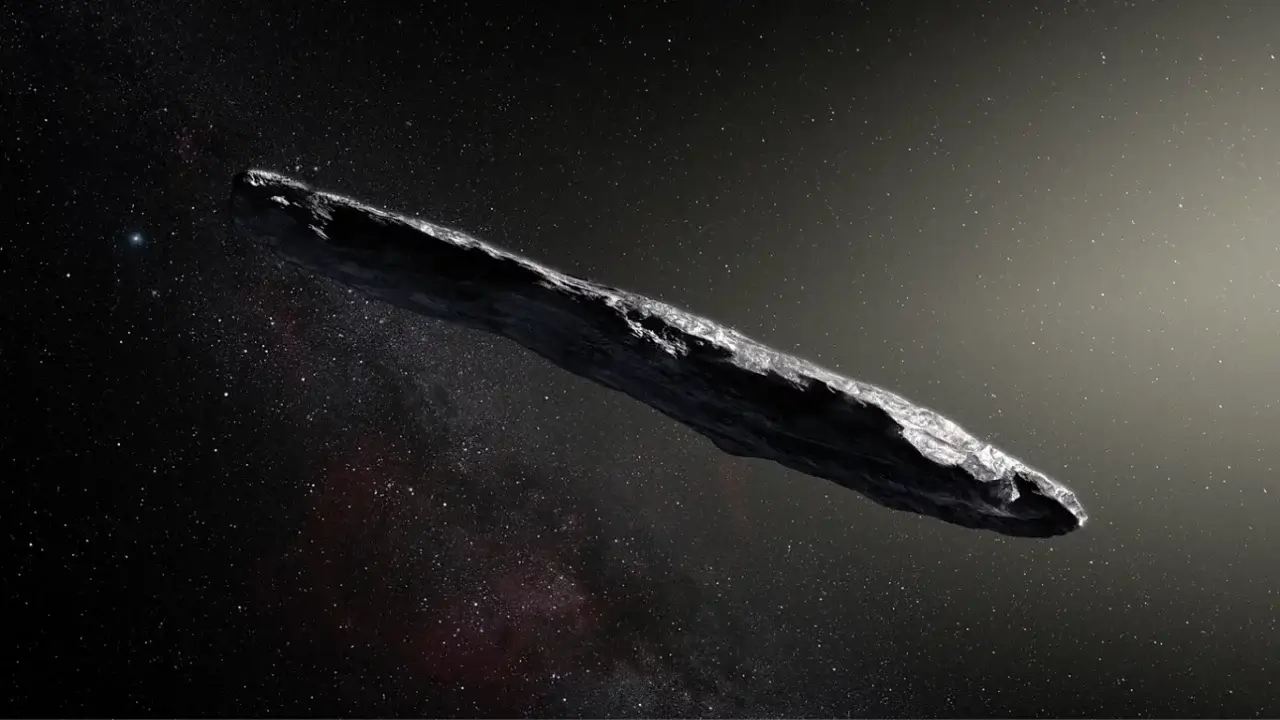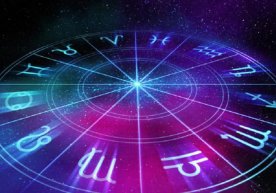
Scientists are studying unusual objects in the Solar System — “dark comets”. They are neither ordinary asteroids nor classical comets, but a peculiar mixture of both. Experts are trying to understand their origin and behaviour. These objects may have played an important role in delivering water to Earth in the distant past, but they could also pose an unexpected threat.
The first such object was discovered in 2016. It moved like a comet but had no ice or dust. In the following years, several more objects with similar characteristics were found. By the end of 2024, the number of known dark comets had reached 14. Some are small, while others measure hundreds of metres in size.
According to scientists, dark comets may have formed as a result of hidden ice layers inside asteroids being exposed. Their unexpected acceleration is explained by the sublimation of ice under sunlight, but there is still no definitive proof. These objects are prompting a reconsideration of the distinction between asteroids and comets.
Japan’s Hayabusa2 probe is coincidentally heading towards one such object — the dark comet 1998 KY26. This 30-metre object is expected to be reached in 2031. During the mission, its surface, internal structure and the presence of ice layers will be examined. The study is expected to provide crucial information about dark comets.
For now, such objects are rare, but their unexpected orbital changes could increase the risk of collision with Earth in the future. Therefore, astronomers emphasise the need for regular monitoring and the development of accurate detection methods. In the coming years, new observations may help reveal the true nature of these mysterious bodies.
Read “Zamin” on Telegram!Users of Меҳмон are not allowed to comment this publication.

















